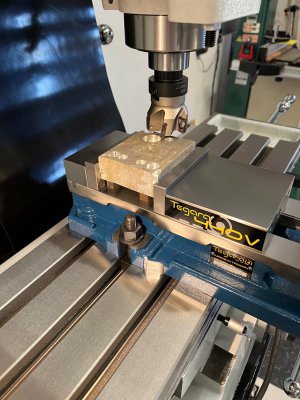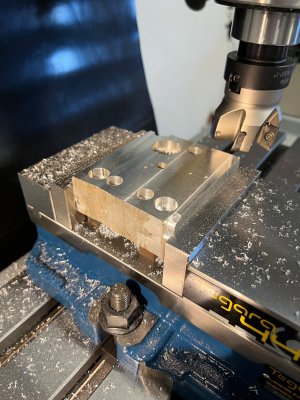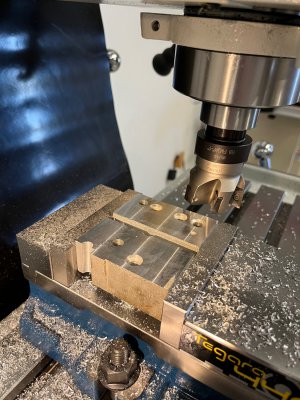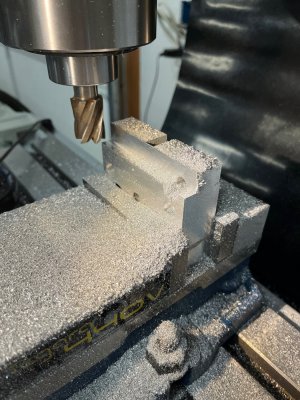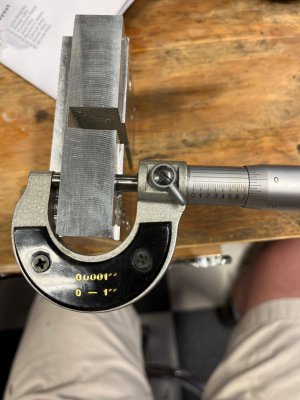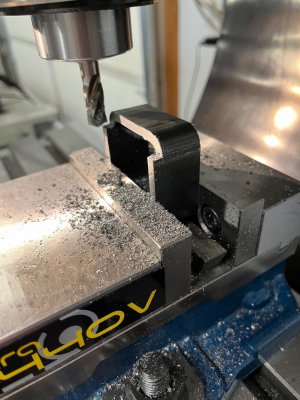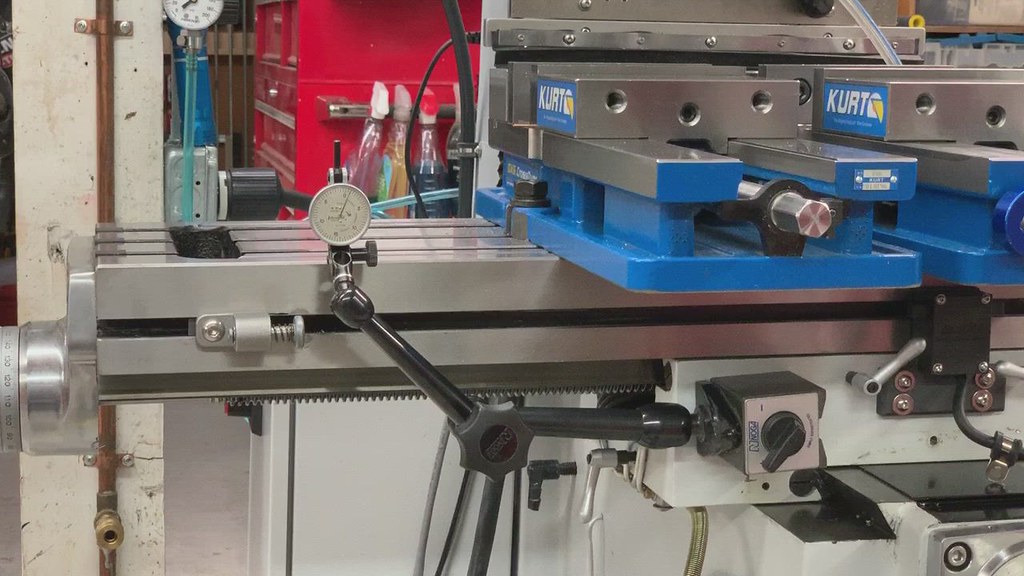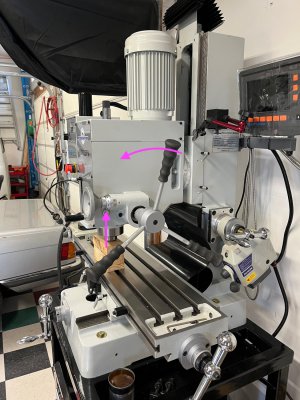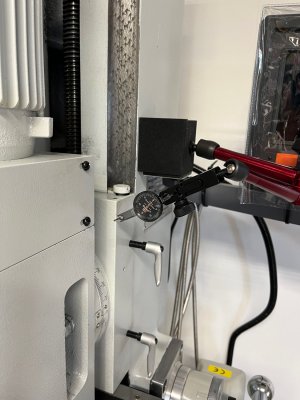I agree, the limit switches as shown in the link at #7 look really nice. My limit switches from the factory were something in a similar location, but the switch is the moving part and the limit bumps are fixed/adjustible. The biggest problem is whether or not this mount leaves room for a DRO mount on that side, unless the DRO is mounted to be farther away from the column.
By the way, my 940M also has the Kipp lock style locks for the vertical. I used them early on, but once I had removed my gib for an inspection I never used them again. The lock bolts had made big dig marks in the back side of the gib where the bolt ends touched down on the gib .... and perhaps was part of the reason the gib was bent!? It was a bad install at the China factory where they had cut the gib off too short before fully inserting it. Hence, the gib end screws did not engage properly and so the gib could/would slide about when the vertical direction was reversed. Rather than fix this correctly before shipping it, they just tightened up the Kipp locks until the gib rubbed the ways all the time! Took me a while to figure out what they had done incorrectly and to fix it enough to use the mill.
Dave L.
By the way, my 940M also has the Kipp lock style locks for the vertical. I used them early on, but once I had removed my gib for an inspection I never used them again. The lock bolts had made big dig marks in the back side of the gib where the bolt ends touched down on the gib .... and perhaps was part of the reason the gib was bent!? It was a bad install at the China factory where they had cut the gib off too short before fully inserting it. Hence, the gib end screws did not engage properly and so the gib could/would slide about when the vertical direction was reversed. Rather than fix this correctly before shipping it, they just tightened up the Kipp locks until the gib rubbed the ways all the time! Took me a while to figure out what they had done incorrectly and to fix it enough to use the mill.
Dave L.


